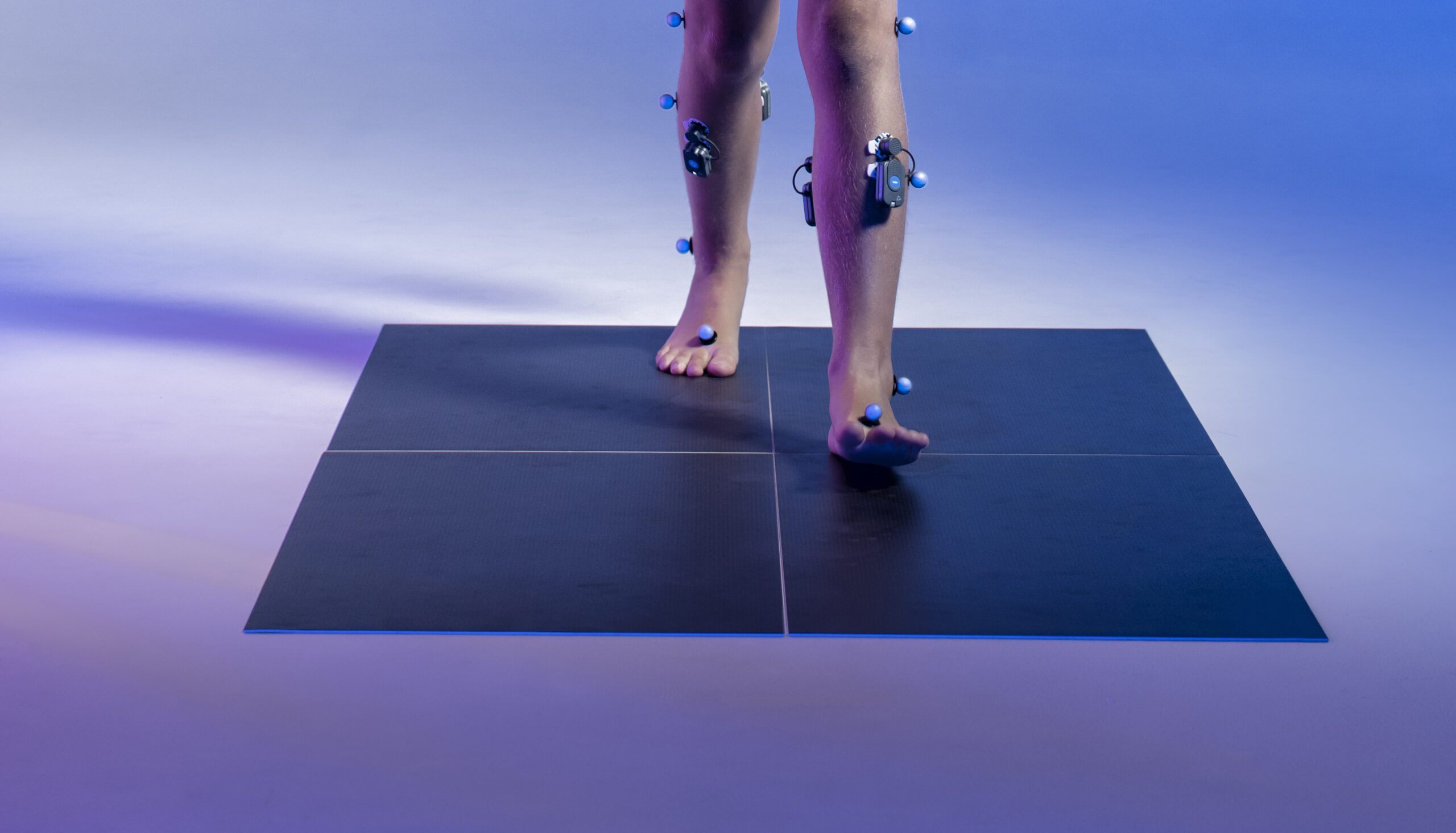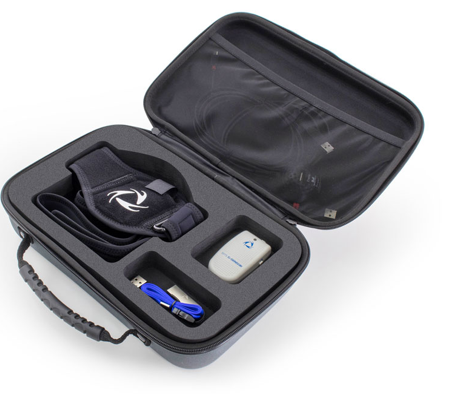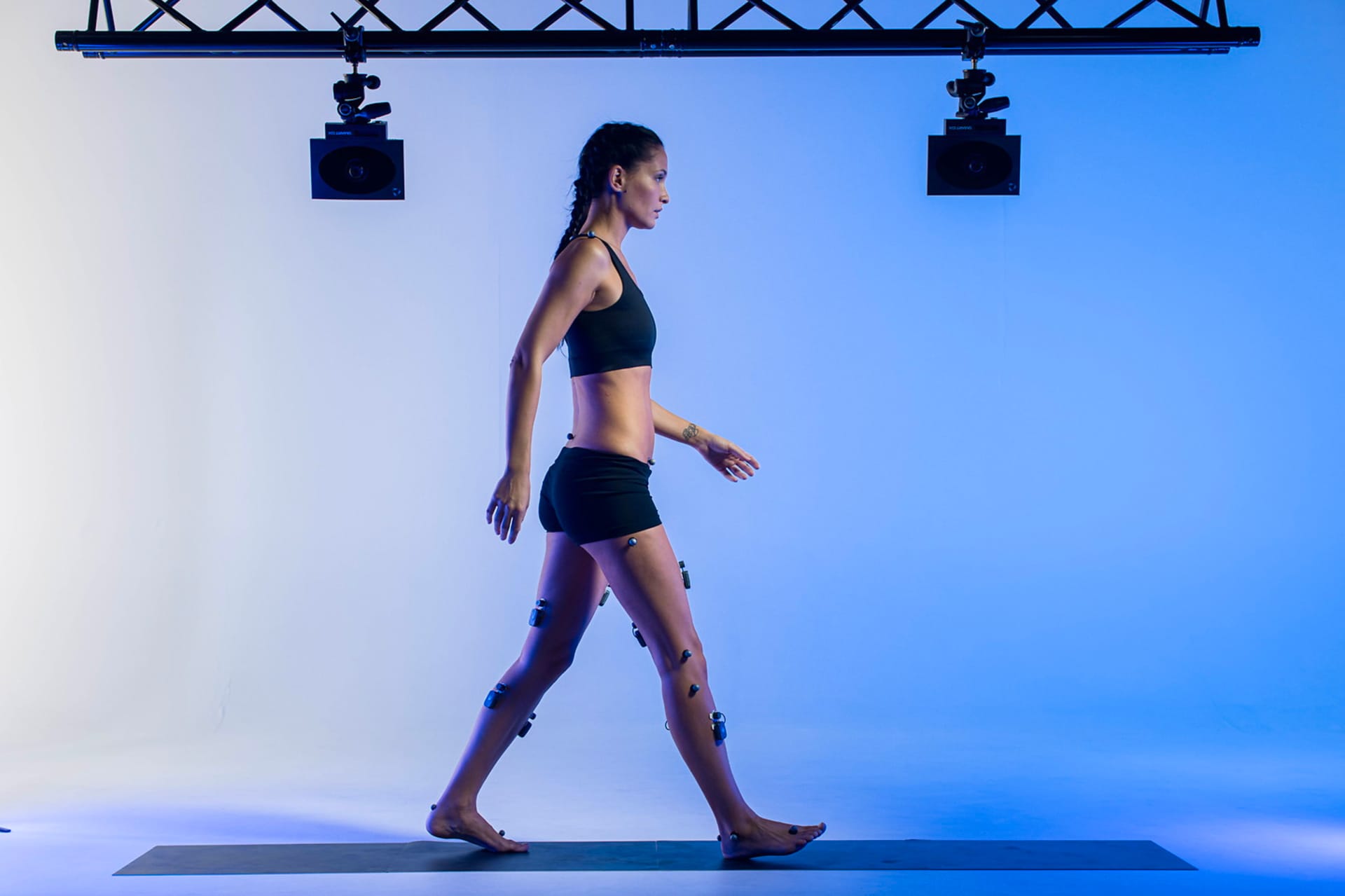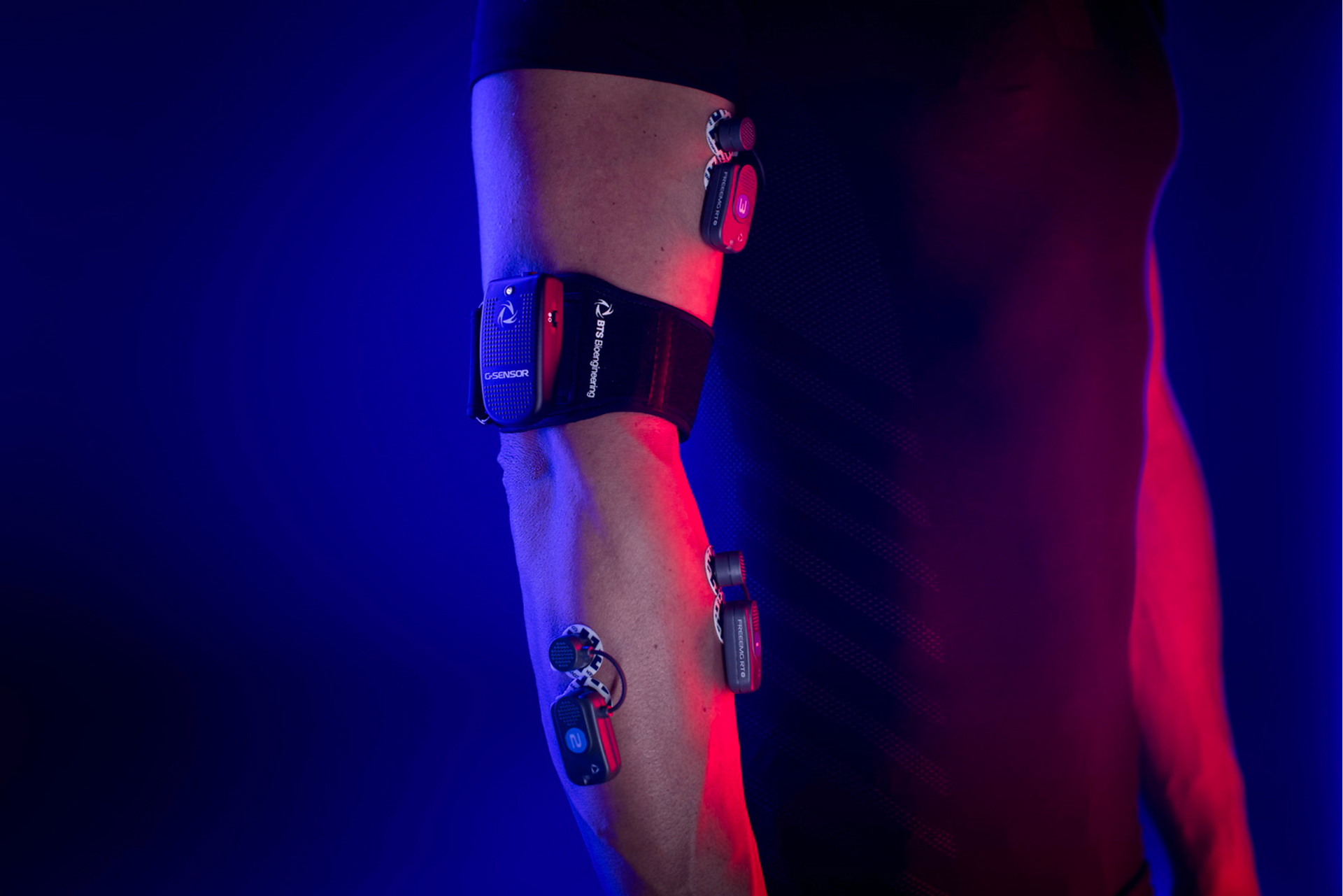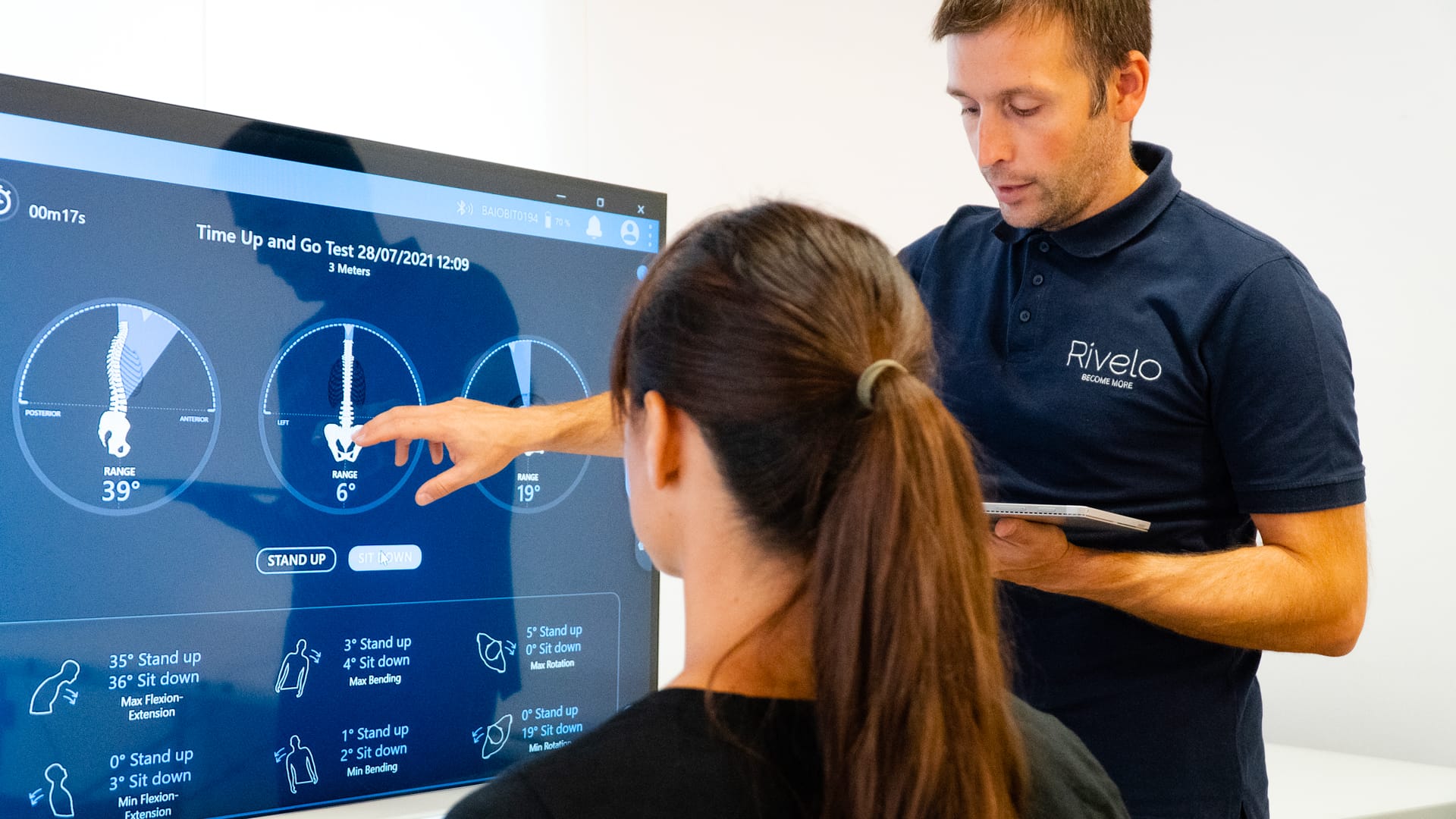Fibromyalgia: the hidden Beast

Author: Eng. Martina Palmieri | Editorial Curator: Cristina Gallelli
Living in a continuous state of fatigue, exhaustion, associated with widespread pain, sleep disorders and migraines sounds like a nightmare come true. This is, unfortunately, how 2.7% of the world’s population [1] is forced to face their days, due to a chronic disease that is never talked about enough: fibromyalgia.
It is not possible to state precisely what triggers it and what are the phenomena underlying its onset, but its effects on those afflicted remain sadly tangible. In fact, 25% of fibromyalgia patients suffer from depressive disorders and are 10 times more likely to commit suicide [2]. The winner of the 2011 Mimosa Award of the Italian Association of Fibromyalgia Syndrome Onlus, in her story entitled “Fibromyalgia and Me”, refers to this disease as “the Beast” and describes how it has “taken away the possibility of being autonomous, because of the perpetual fatigue, the taste for beautiful experiences in nature in the company, not being able to withstand the rhythms of others, nor excessive efforts, nor the heat nor the cold”.
Research and technology together for a more effective diagnosis
Being able to detect the presence of this pathology, and therefore provide a timely diagnosis, is anything but trivial. In fact, most of the symptoms of fibromyalgia are shared by other diseases such as depression and chronic fatigue syndrome. That’s why, up until 1992 it wasn’t even recognized as an independent disease. Thanks to a combination of research and technology such as surface electromyography, it has been possible to show that the alterations produced at the muscular level in the case of subjects suffering from fibromyalgia are totally independent of the mechanisms induced by depression and chronic fatigue. Therefore, although they have some aspects in common, the three pathologies are associated with different strategies of muscle use and so distinguishable from each other [3].
A step forward in therapeutic treatment
Moreover, if we add to the diagnostic difficulties the absence of an effective treatment, the scenario becomes even more bitter. To date, there is no targeted cure for fibromyalgia; all the efforts of the scientific world are dedicated to pain management therapies, both with drugs and with alternative treatments such as acupuncture. The combination of clinical development has allowed us to explore new avenues characterized by enormous potential. Among these, biofeedback exercise is one of the experiments that the scientific world is carrying out with greater success. Especially during the treatment of a pathology such as fibromyalgia, promoting muscle relaxation and the patient’s ability to listen to his own body in an extremely valid strategy.
Biofeedback exercises: what are they
Audio or visual inputs in a biofeedback training induce real cognitive changes: the increase of the so-called self-efficacy (i.e. the perception of being able to set and then achieve a certain goal) and the development of a series of adaptive strategies used to cope with negative emotions and stress. In this specific case, surface electromyography used in biofeedback has aroused strong interest, precisely because of its promising ability to induce the much-desired muscle relaxation (and control). For example, after only six days of treatment with 45 minutes long EMG-biofeedback sessions, a decrease of 40% perceived pain emerged in the fibromyalgia subjects involved in the study [4].
Conclusion
Although defeating this monster in two simple moves it’s unrealistic, it is nevertheless true that any path that can give back some of the life that “the Beast” takes away is worth exploring.
References
[1] Worldwide epidemiology of fibromyalgia. Queiroz, Luiz Paulo. 2013.
[2] Mortality in a cohort of danish patients with fibromyalgia. Dreyer, Lene, et al. 2010, Arthritis & Rheumatism, p. 3101-3108.
[3] Fibromyalgia and related conditions: Electromyogram profile during isometric muscle contraction. Maquet, Didier, et al. 2010, Joint Bone Spine, p. 264-267.
[4] Management of patients with fibromyalgia using biofeedback: a randomized control trial. Babu, Abraham S., et al. 2007, Indian Journal of Medical Sciences, p. 455-461.


